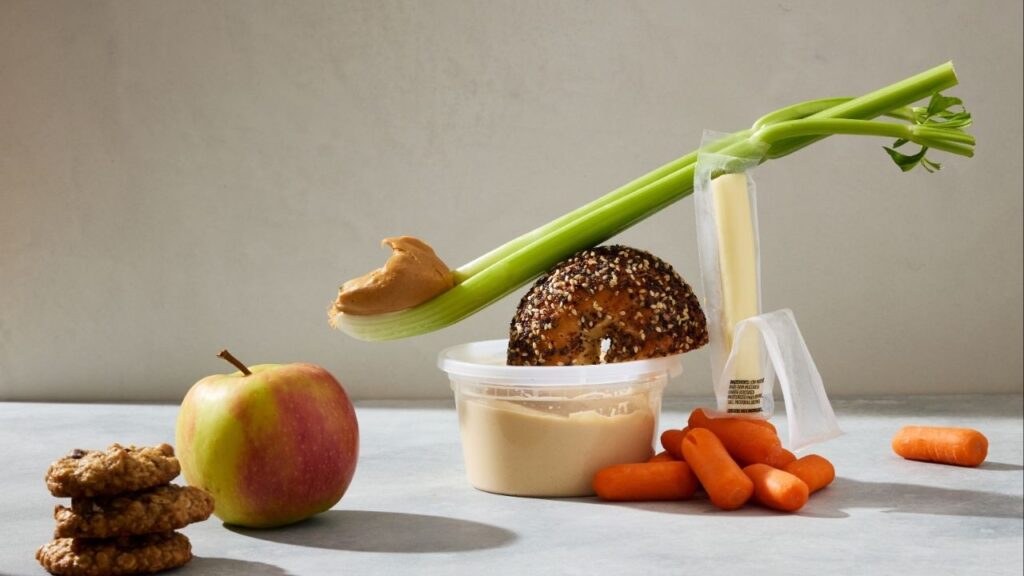
Nutrition experts emphasize that snacking, when approached thoughtfully, can significantly enhance health by managing blood glucose levels, aiding digestion, and maintaining energy throughout the day. According to Emily Wilcox Gier, a dietitian and associate professor in the Division of Nutritional Sciences at Cornell University, snacks can also bridge nutritional gaps by incorporating foods that might be missing from regular meals. “If we choose our snacks appropriately, we can help meet our goal for vegetables or whole grains,” she explained.
With this in mind, a collaborative guide from The New York Times Cooking, Well, and five nutrition experts outlines effective strategies for healthy snacking.
What Makes a Good Snack?
To create a nutritionally balanced snack, aim to include at least two of the three macronutrients: protein, carbohydrates, and fat. For instance, if you start with a piece of whole grain or sourdough toast, consider topping it with avocado, peanut butter, or bean dip, which provide healthy fats and protein.
Taste also plays a crucial role. Shana Minei Spence, a New York-based dietitian and author of “Live Nourished,” encourages combining flavors and textures for a more enjoyable experience. “The joy in eating comes from different types of textures and tastes,” she stated. Keep a variety of toppings, such as everything-bagel seasoning, chia seeds, chives, nuts, and berries, within reach to elevate your snacks.
Determining Snack Size
While snacks should generally be smaller than regular meals, appropriate serving sizes can vary based on individual factors. These include the time between meals, activity level, and specific health needs. The recommended calorie range for a snack is between 200 and 400 calories.
Gretchen Wallace, a dietitian based in Saint Louis, suggests using the hunger scale as a guide. If 1 represents extreme hunger and 10 indicates extreme fullness, an ideal snack should leave you feeling around a 7. This approach ensures you feel satisfied without compromising your appetite for the next meal.
The Advantages of Homemade Snacks
Some of the most nutritious snacks are also the simplest, such as a piece of fruit paired with string cheese or vegetables dipped in hummus. Preparing snacks at home can help diversify your diet, cover more nutritional bases, and make snacking a more enjoyable experience.
Additionally, homemade snacks can be more cost-effective than their store-bought counterparts. This approach also helps you avoid processed options that often fail to provide lasting energy. By preparing snacks in advance, you reduce the temptation to resort to convenience foods, ensuring you have healthier options readily available.
This comprehensive guide to mindful snacking aims to empower individuals to make informed choices that promote health and satisfaction. By understanding the components of a good snack and the benefits of preparation, you can enjoy a more balanced and enjoyable eating experience throughout your day.





